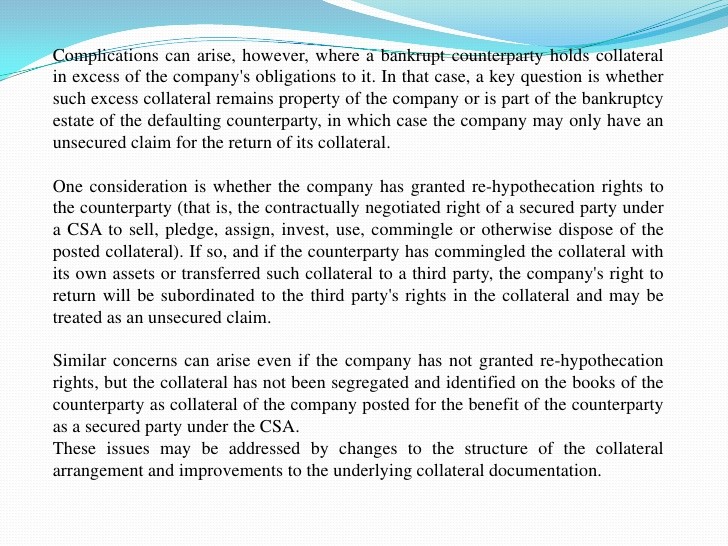Derivatives markets may hold key to
Post on: 3 Апрель, 2015 No Comment

LONDON, April 12 (Reuters) — Relaxed lending standards may have contributed to a surge in U.S. mortgage failures this year, but the chance of recession could hang on the complex derivatives used to hedge loan risk, analysts say.
Collateralised Debt Obligations (CDOs) are baskets of bonds that give investors varying levels of exposure to defaults. CDOs helped fuel the U.S. housing boom by purchasing bonds backed by sub-prime mortgages and distributing the risk.
In the old days banks would hang on to loans and have an interest in ensuring credit worthiness, said Albert Edwards, global strategist at Dresdner Kleinwort. The ability to offload risk through CDOs has led to incredibly loose lending standards in the mortgage industry.
The CDO market has grown explosively in the past decade, with issuance hitting nearly $500 billion last year, according to JP Morgan, compared with almost nothing 10 years ago.
About 40 percent of CDO collateral is residential mortgage backed securities, according to a recent paper by Joseph Mason of Drexel University’s business school, and Joshua Rosner of research firm Graham Fisher & Co.
Two-thirds of that is subprime and home equity loans, a market which on a dollar basis has grown from $35 billion in 1994 to $625 billion in 2005.
In effect, U.S. residential mortgage finance has been propped up by the CDO market, and vice versa.
The trouble with CDO investors, say Mason and Rosner, is that they are fickle, jumping from one type of collateral to the next on a moment’s notice.
The habit of moving out poses additional risks to socially and economically important consumer mortgage lending, they said.
Further, a CDO does not work without the inclusion of the riskiest securities, which enable arrangers to structure the products to vary risk and payoff. The mortgage industry needs subprime to help fund its everyday business.
Even a small decline in CDO funding of lower-tier investments can have a large effect on MBS funding overall, and therefore consumer mortgage funding, said Dresdner’s Edwards.
The impact of CDOs in recent years has been to give lenders the confidence to make larger and larger loans to weaker and weaker candidates.
Last year, however, the U.S. Federal Reserve lifted interest rates, and the bubble burst. Mortgage delinquencies rose, and spreads on mortgage bonds widened.
By February, 12.4 percent of U.S. subprime loans were delinquent by more than two months, up from 7.8 percent a year before, according to FirstAmerican LoanPerformance.
Subprime and Alt-A (sub-prime/prime) account for 21 percent of U.S. loans and 39 percent of mortgages made in 2006.
IMPACT
The impact of the delinquencies on the bond market are seen on the ABX index of credit default swaps on subprime mortgage bonds.
Spreads on BBB- rated tranches traded at around 1400 basis points on March 23, compared with 200 basis points last July.
Spreads have widened out significantly, but there is room for more pain to come, said Warren Phillips at specialist credit manager Credaris. It is still hard to argue against things getting worse before they get better.
Facing rising delinquencies, lenders such as Freddie Mac are pulling back from subprime, while smaller players such as Lenders Network USA and Ownit Mortgage Solutions filed for bankruptcy.

Now there is concern that downgrades or defaults on mortgage bonds will lead to liquidity in the CDO market being withdrawn.
Moody’s Investors Service in a recent report found that subprime mortgage-backed securities were on average 45 percent of structured finance portfolios made from 2003 to 2006, in a range from zero to 90 percent.
A study of the potential impact of defaults and downgrades on underlying bonds showed that where levels of subprime RBMS were high, the potential impact was severe — implying CDO downgrades of 10 or more notches.
Still, for now the subprime meltdown has been contained, said Lorenzo Isla, a strategist at Barclays Capital, though the jury is still out on the potential for contagion.
While the effect of the subprime problems on consumer spending is likely to be small, Isla said, he was concerned by the markets muted reaction.
Markets tend to be slow to identify turning points, and there is the risk that this might be one of them.
Signs of contagion are already emerging. A Federal Reserve Board of Governors report in February showed the net percentage of lenders tightening mortgage standards was around 18 percent, the highest level since 1991.
Loans to non-investment grade companies have also been hit, with spreads on U.S. high yield collateralised loan obligations widening as much as 40 basis points since March 8.
On Monday shares of prime lender American Home Mortgage Investment Corp. AHM.N sank as much as 18.2 percent after the company slashed its dividend and 2007 profit forecasts.
There is a severe credit crunch emerging, said Dresdner’s Edwards. It’s going to be a very close run thing on recession, and fear of recession over the next six months could be enough to cause one.














